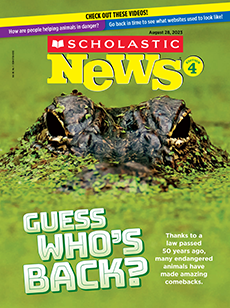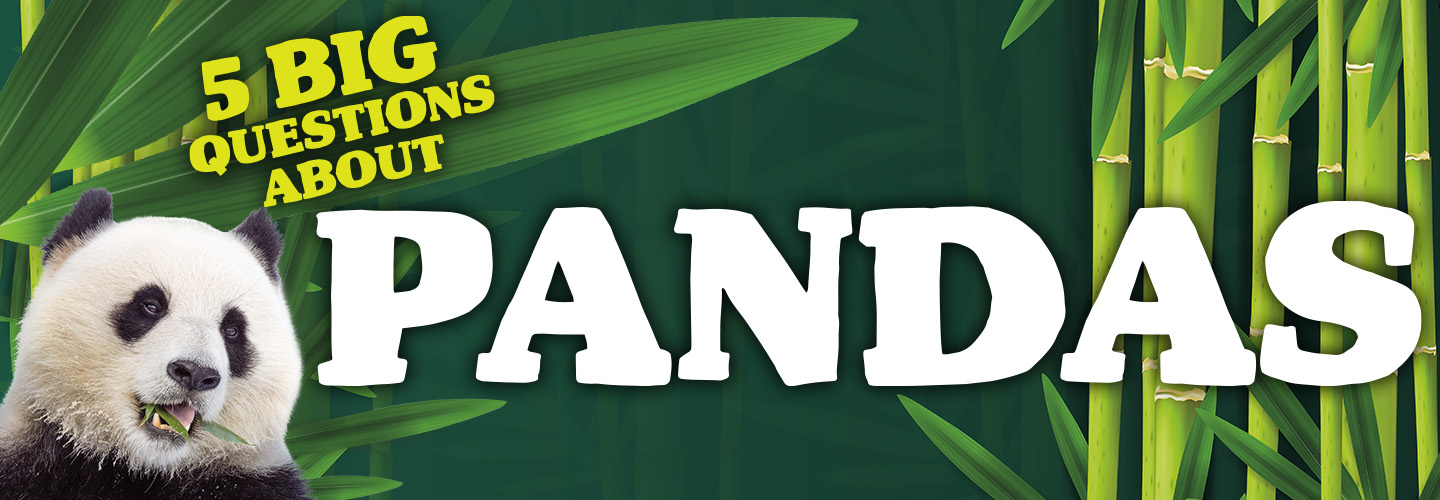Bao Li (BOW lee) and Qing Bao (ching BOW) arrived at their new home on October 15. The giant pandas, both 3 years old, are the latest on loan from China to the National Zoo in Washington, D.C. Their arrival is part of a program between the U.S. and China that began more than 50 years ago.
In exchange for the pandas, the National Zoo will pay a yearly fee of $1 million. And American and Chinese scientists will work together on conservation efforts like restoring panda habitats and preventing diseases.
Bao Li (BOW lee) and Qing Bao (ching BOW) arrived at their new home on October 15. The giant pandas are both 3 years old. They are on loan from China to the National Zoo in Washington, D.C. Their arrival is part of a program between the U.S. and China. It began more than 50 years ago.
In exchange for the pandas, the National Zoo will pay a yearly fee of $1 million. And American and Chinese scientists will work together on conservation efforts. These include restoring panda habitats and preventing diseases.

